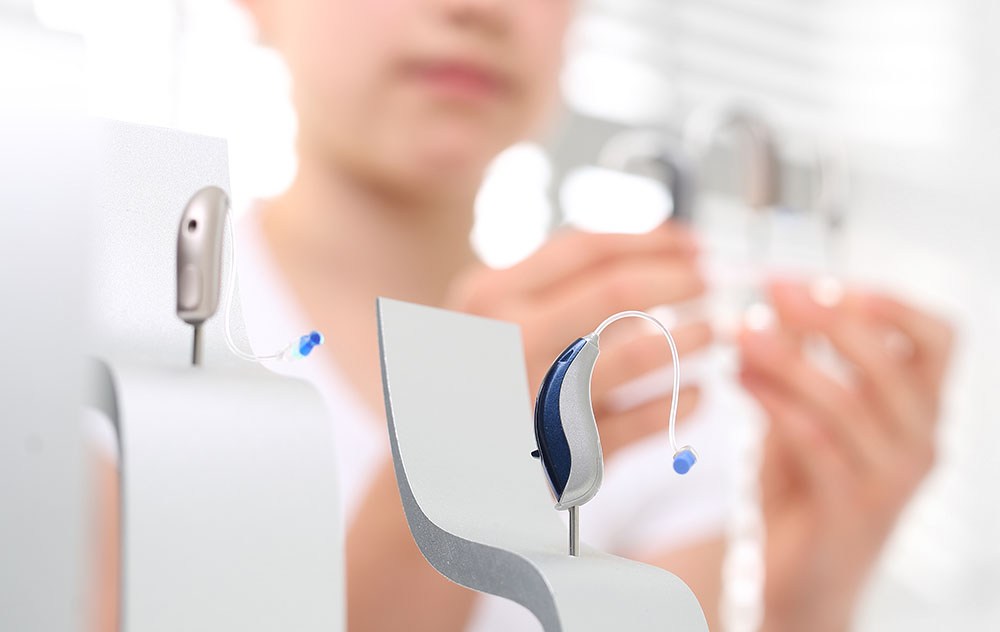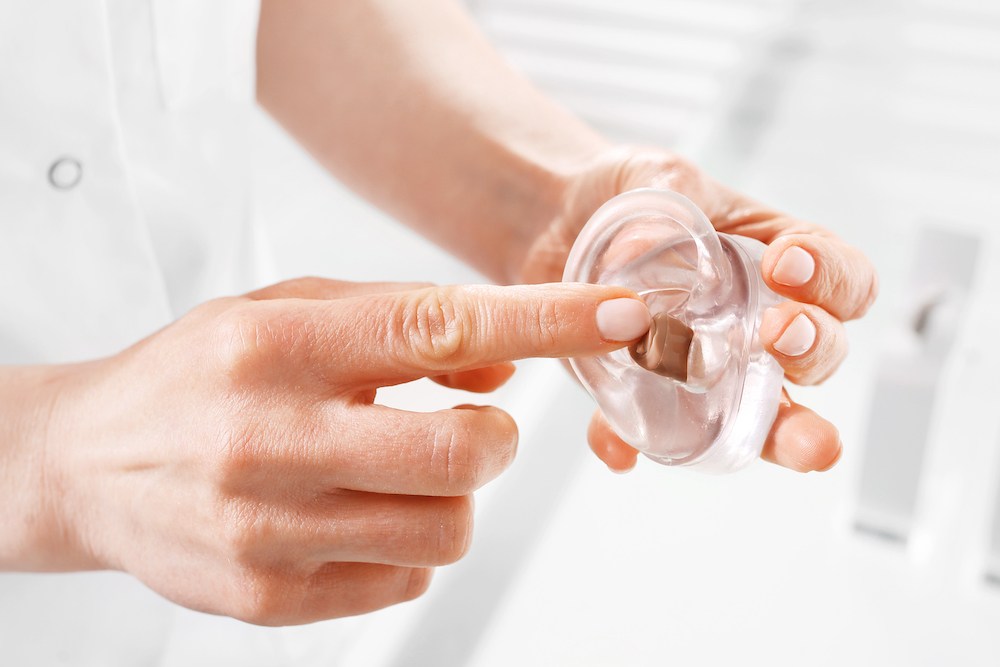Using Hearing Aids in Different Environmental Settings
Your hearing needs change dramatically throughout a typical day. The
Call (844) 958-5304 to schedule today!


Your hearing needs change dramatically throughout a typical day. The

Travel disrupts your normal routines in many ways, from changing your

Despite how common hearing loss is, many people who could benefit from